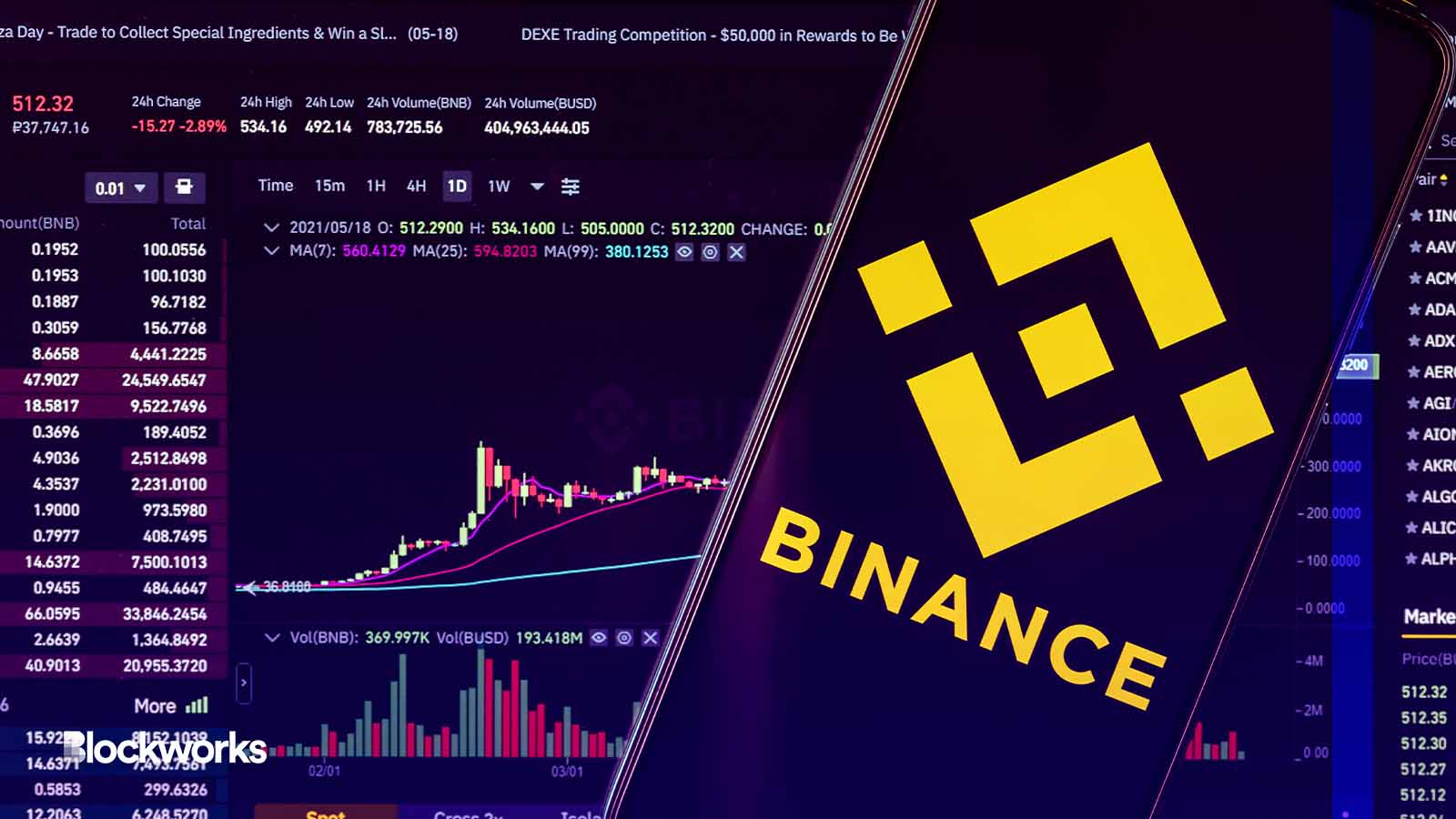DeFi on the brink of second bailout as Venus liquidates $30M
BSC’s Venus Protocol is the latest DeFi platform to take extraordinary measures to prevent systemic risk

Sergei Elagin/Shutterstock modified by Blockworks
For the second time in just a matter of weeks, a DeFi protocol has taken unusual measures to prevent systemic risk relating to a lending position.
The Binance Smart Chain-based lending protocol, Venus, announced on Thursday night that a notorious quarter-billion dollar position was “made healthy” by the BNB core team following a liquidation of $33 million worth of Binance Coin.
The position was first created in October 2022 following one of the largest hacks in crypto history. An attacker — now widely believed to be the North Korean-affiliated Lazarus Group — stole 2 million Binance Coin (BNB) worth over a half billion dollars at the time from a cross-chain bridge.
Unable to offload their haul without drastically reducing the BNB price, the attacker hesitated. They might have feared a chain rollback or another retaliatory action from Binance. Instead, the attacker deposited hundreds of millions into Venus as collateral. This allowed them to secure a massive $150 million stablecoin loan, most of which was then bridged to other chains and exchanged for ETH. Only a minor portion of it was frozen by Tether. It is unlikely the attacker ever intended to repay this debt.
Per data from DeFiLlama, at the time of the attack the deposit from the exploiter accounted for nearly 20% of Venus’ total value locked, and limited liquidity for BNB meant that liquidating the position could pose existential risks for Venus in the form of bad debt.
As a result, in November the BNB core team successfully proposed becoming the sole liquidator responsible for the position via Venus governance.
“As the market is very volatile, there is potential risk that if liquidated, there is potential this large portion of BNB may cause more cascading liquidation effect and unnecessary damage to the market and cause more risks to Venus, Venus users, BNB token, and BNB chain,” a core team representative wrote in the formal vote.
The position then largely sat dormant until June 2023, as the price of BNB fell close to liquidation threshold. $30 million tether (USDT) was added to the liquidator address, adding to an initial $30 million BUSD position.
Last night, amid a marketwide rout, BNB dipped below the liquidation threshold of roughly $220 million, leading the assigned BNB core team liquidation address to step in.
In an interview with Blockworks, pseudonymous Venus BD & Community Lead “Danny” confirmed that – despite widespread reporting that the liquidation was for over $60 million – the BNB core team seized $33 million of BNB collateral by liquidating $30 million in USDT in debt across a series of three transactions.
Even with the liquidation the protocol may not be out of the woods, as Debank shows that the health rate of the position is perilously low, and another downturn could lead to further liquidations at a price of roughly $210.8 per BNB. After the liquidations today, the liquidator address has an additional $29.9 million in stables remaining, relative to $126 million in outstanding remaining debt.
“BNB Chain will continue to monitor and manage the health of the account as necessary,” said Danny.
Lending markets under stress
Venus is not the only lending market to come under stress in recent weeks.
On July 31, decentralized exchange Curve Finance suffered a $70 million hack. While much of the losses were later recovered or seized by whitehats, one of the greatest losses was to a CRV/ETH pool, which was central to CRV’s onchain liquidity.
CRV’s liquidity depth and price soon became a focal point for the DeFi community, as Curve founder Michael Egorov had outstanding loans worth upwards of $110 million owed to various protocols using CRV as collateral. The liquidation of these positions without a source of onchain CRV liquidity could have caused a rash of bad debts and liquidation cascades across the space.
Ultimately Egorov managed to pay down large swaths of his debts by selling large sums of CRV OTC to a number of counterparties.
Egorov still has over $45 million in outstanding liabilities owed to various protocols.
Get the news in your inbox. Explore Blockworks newsletters:
- The Breakdown: Decoding crypto and the markets. Daily.
- 0xResearch: Alpha in your inbox. Think like an analyst.






